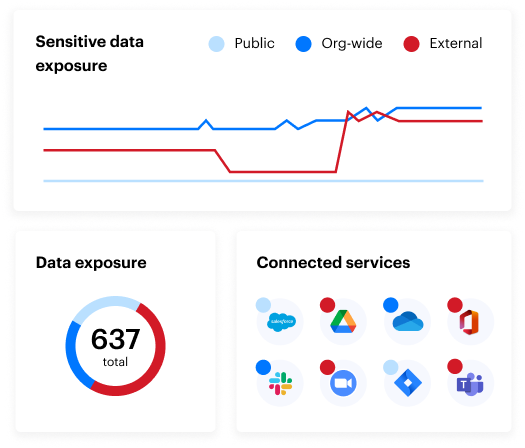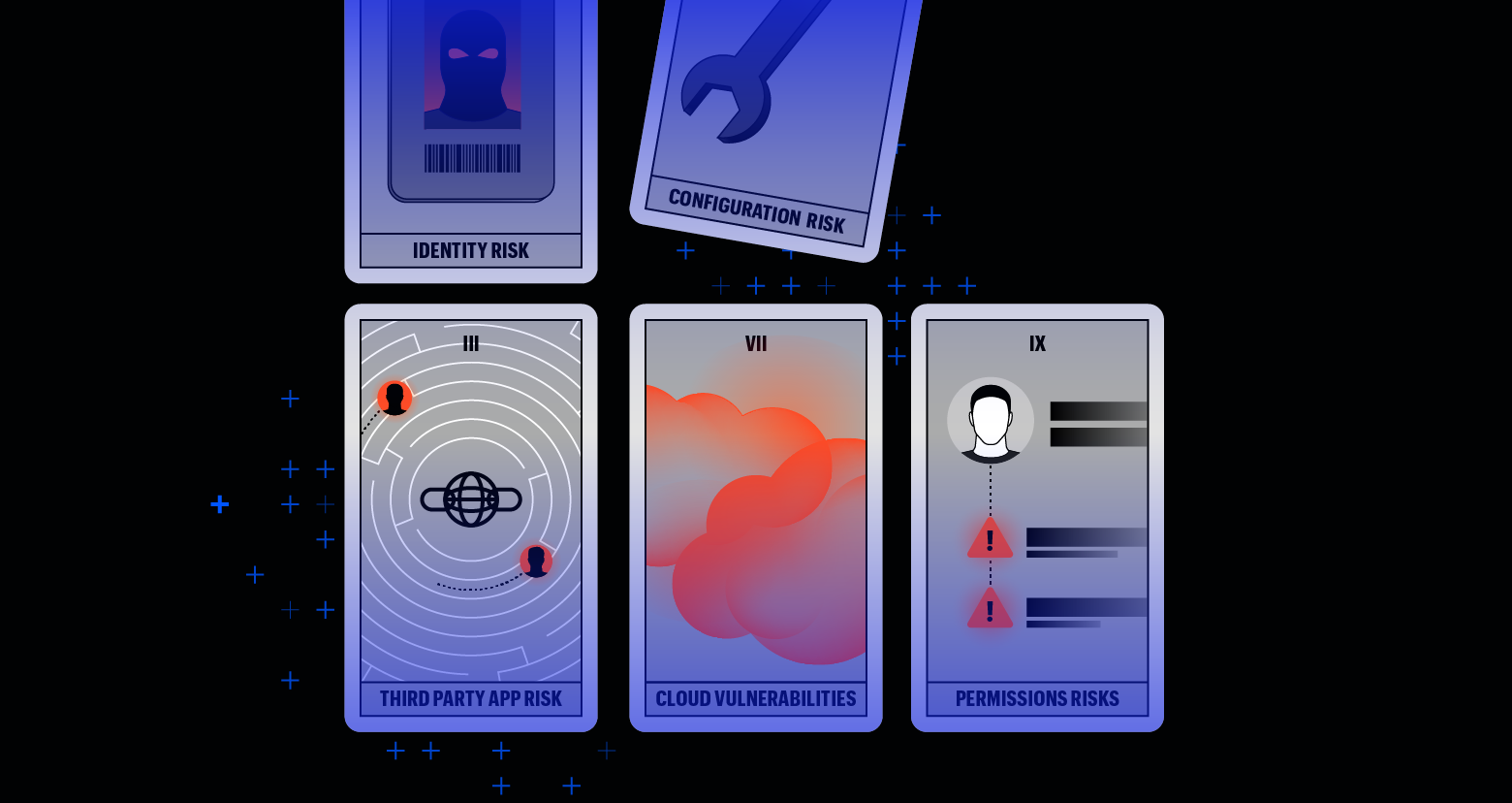What exactly is cloud governance? Cloud governance is a set of rules, policies, and processes that guide an organization’s cloud operations without violating risk tolerance or compliance requirements.
Organizations need a secure cloud to manage resources effectively, protect sensitive data, and comply with regulatory requirements. Understanding the importance of cloud governance is essential for any organization aiming to optimize its cloud strategy and mitigate potential risks.
Why cloud governance matters
Having a strong cloud governance program is essential, in part because:
- Cloud spend is huge: On average, enterprises allocate about 14% of their annual IT budget to public cloud services. This significant investment highlights the importance of proper governance to optimize cloud spending.
- Costs are increasing: Self-service provisioning and pay-per-use cloud service models can lead to inflated cloud costs. Effective cloud governance helps mitigate these expenses by ensuring resources are used efficiently.
- The Cloud is dynamic: The flexibility of the cloud requires a proactive and innovative approach to data security. Traditional, rigid governance models are insufficient for today’s dynamic environment.
Key aspects of cloud governance
Effective cloud governance encompasses several key areas:
- Cloud security: Securing cloud infrastructure and data is paramount, especially given the substantial investment in cloud services. Effective cloud governance helps prevent data breaches and unauthorized access, thereby protecting sensitive information and maintaining trust.
- Container security: Protecting containerized applications is crucial as they are often used to deploy and manage applications in the cloud. Without proper governance, the dynamic nature of containers can lead to security vulnerabilities. Effective governance consistently applies security policies, reduces breach risks, and ensures efficient resource use.
- SaaS security: Securing SaaS applications is essential due to their widespread use and sensitive data. Effective cloud governance ensures SaaS applications are secure, prevents data leaks, and justifies cloud expenses with reliable services.
- Compliance: Adhering to regulatory requirements and standards is a key component of cloud governance. Organizations must ensure that their cloud operations comply with relevant laws and regulations to avoid legal penalties and reputational damage. Effective governance helps manage compliance costs and ensures that cloud services meet regulatory obligations.
- Permissions and access management: Managing who has access to what resources is vital for controlling cloud costs and maintaining security. Effective governance ensures that only authorized users can access specific resources, preventing potential security breaches.
- Threat detection and response: Identifying and responding to security threats in real time is essential for maintaining the integrity and availability of cloud services. Effective cloud governance includes advanced threat detection and response to mitigate security incidents and ensure resources are used efficiently and securely.

Getting started with cloud governance
Implementing cloud governance requires a strategic approach. Here are some key attributes to look for in a cloud governance solution:
- Assess your current cloud environment
Begin by evaluating your existing cloud setup. Understand the services you use, the data you store, and the applications you run. This assessment will help identify gaps and areas for improvement. Varonis provides deep visibility into your cloud environment, including IaaS, SaaS, and PaaS. The unified Data Security Platform accurately discovers and classifies sensitive data, helping you understand what data you have, where it’s stored, and who has access to it. - Define clear governance policies
Develop comprehensive policies that align with your organization's risk tolerance and compliance requirements. These policies should encompass data security, access management, compliance, and incident response. Varonis can support you in managing these areas by offering detailed insights and automated policy enforcement, ensuring robust data security and compliance. - Implement automation
Automate routine tasks such as monitoring, compliance checks, and incident response. Varonis automatically remediates risks, enforces policies, and detects threats in real time, reducing manual effort and ensuring consistent policy enforcement. - Adopt a proactive approach
Regularly audit and monitor your cloud environment to anticipate and address potential issues before they escalate. Varonis continuously audits your cloud environments to stay ahead of security threats and compliance requirements by using user-behavioral analytics and threat detection policies. - Use data-driven insights
Varonis provides powerful analytics and reporting tools that offer real-time visibility into your cloud environment. These data-driven insights provide a clear understanding of your data security posture, helping to optimize resource usage and enhance security.
By focusing on these key areas, you can establish a robust cloud governance framework that enhances security, optimizes costs, and ensures compliance. Starting with a clear strategy and using the right tools will set the foundation for successful cloud governance.

How Varonis can help
Implementing a comprehensive cloud governance framework allows organizations to optimize their cloud investments, enhance security, and ensure compliance with regulatory requirements. Varonis provides the tools and solutions needed to achieve these goals, helping organizations navigate the dynamic landscape of cloud computing with confidence.
Varonis offers robust solutions to enhance your cloud governance framework:
- Cloud Data Security: Protecting sensitive data stored in the cloud from unauthorized access and breaches
- Identity Protection: Safeguarding user identities and access credentials to prevent unauthorized access
- SSPM (SaaS security posture management): Managing the security posture of SaaS applications to ensure compliance and security
Ready to see Vaornis in action? Schedule a personalized demo with our team to get started.
What should I do now?
Below are three ways you can continue your journey to reduce data risk at your company:
Schedule a demo with us to see Varonis in action. We'll personalize the session to your org's data security needs and answer any questions.
See a sample of our Data Risk Assessment and learn the risks that could be lingering in your environment. Varonis' DRA is completely free and offers a clear path to automated remediation.
Follow us on LinkedIn, YouTube, and X (Twitter) for bite-sized insights on all things data security, including DSPM, threat detection, AI security, and more.





